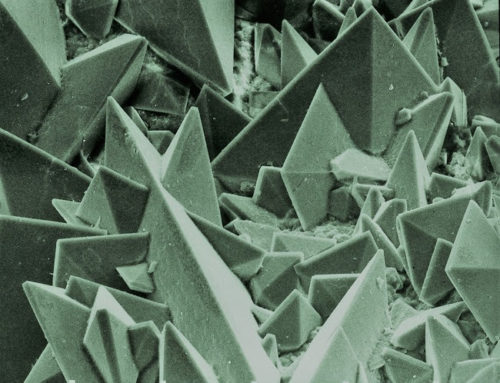Did you know that in North America, fish is one of the top sources of PCBs, and farmed salmon is the single greatest source? In fact, farmed salmon has four times more PCBs, dioxins, and other chlorinated contaminants than wild Alaskan salmon. A big reason for these high levels of toxicity is that farmed salmon are fed fish pellets that contain other fish. The pellets are made from small fish that are also contaminated with PCBs, causing a build-up in the salmon to levels that are twenty to thirty times higher than what is found in their natural food sources in the wild (Crinnion, 2010).
Not only do you have to worry about the toxic chemicals in salmon, but you also, have to watch out for the mercury levels in the big fish, like tuna and swordfish. Crazy fact: “it takes up to 70 days for the dose of mercury from a tuna sandwich to drop by 50% in an adult’s bloodstream” (Crinnion, 2010). If you do the math from there, it takes a whole year for the mercury level in the blood to get back down to zero. Oh, and by the way, mercury is in all tuna – canned, fresh, etc. Once mercury is consumed, it is very slow to leave the body. So, regular consumption of high-mercury fish means long-term exposure to a very powerful neurotoxin and immunotoxin, and removing it from your system becomes more difficult as the levels build.
Are you wondering how the fish get so much exposure to all these toxins? Industrial waste and disposal of products containing mercury, like auto parts, fluorescent light bulbs, and medical products trickle into and contaminate the waters that fish swim in. This contaminated water passes over the fish gills and gets absorbed into their bodies. They don’t have an efficient way of clearing the mercury from their bodies so it builds up to dangerously high levels, not unlike in our bodies. Bigger fish have the highest levels of mercury because they eat all the small fish that contain mercury, and collectively that adds up to even higher levels.
So bottom line: choose your fish wisely. It is still an excellent source of lean protein and omegas-3 and -6 fatty acids and should absolutely be included in your diet. However, just like buying certain fruits and veggies organic because they contain less pesticides than the non-organic varieties, you also should carefully select fish that contains the least chemicals and mercury possible.
The most commonly available low-mercury fish is:
- Clams
- Ocean Perch
- Wild Alaskan Salmon
- Shrimp
- Tilapia
- Flounder or sole
- Scallops
- Catfish
The Sustainable Seafood Guide by the Natural Resources Defense Council is useful in equipping you with the knowledge you need to make good choices the next time you go to the grocery store. And be on the lookout for upcoming blogs that will talk more about detoxification, and how you can remove pesticides, chemicals, and heavy metals (like mercury) from your body.
Crinnion, W. (2010). Clean, green, and lean: Get rid of toxins that make you fat. Hoboken, NJ: John Wiley & Sons, Inc.



